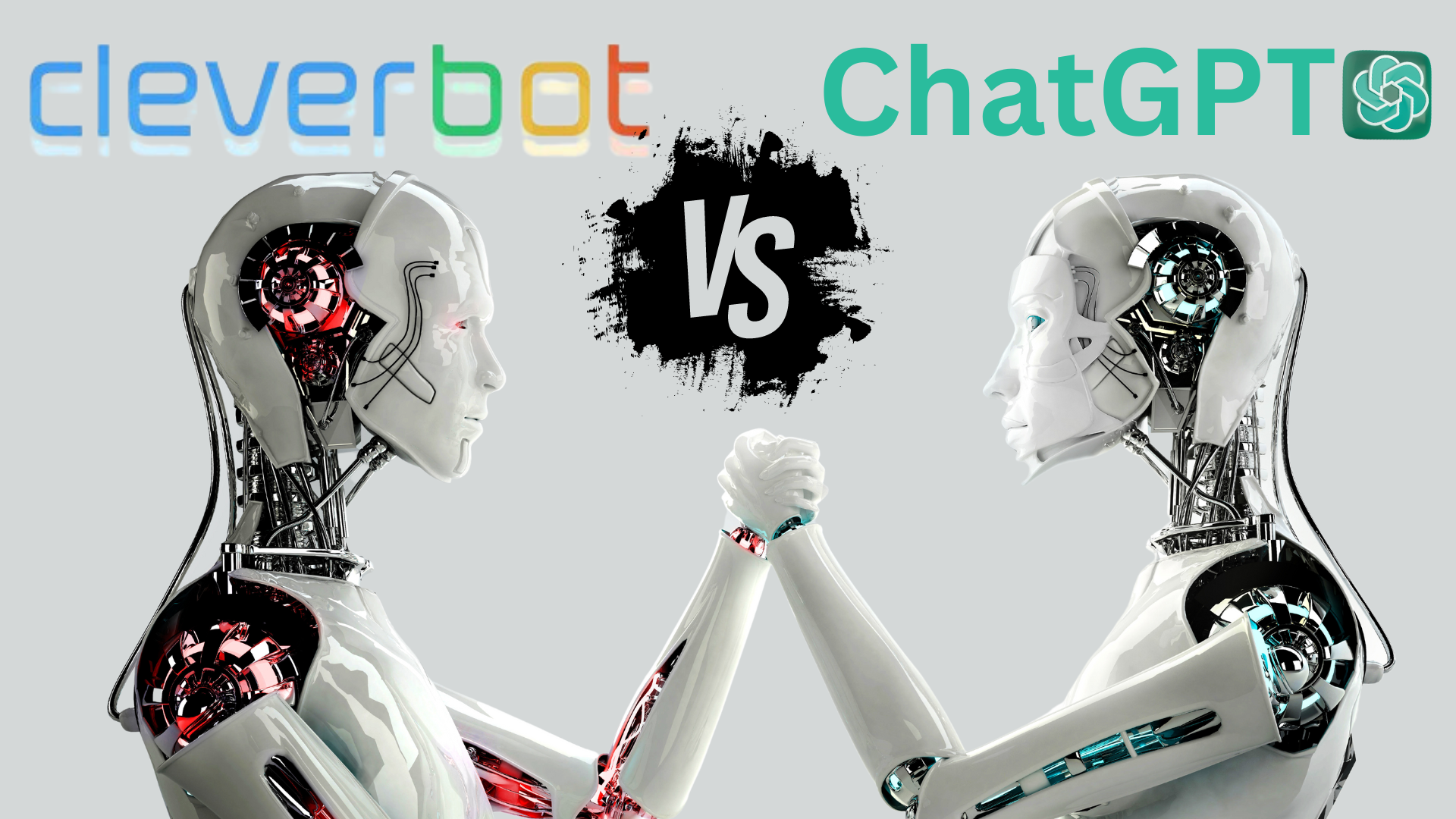Cleverbot and ChatGPT have gained significant attention in conversational AI for their ability to engage in human-like conversations. These two chatbot models have their unique features, capabilities, and applications. In this article, we will dive into a detailed comparison of Cleverbot vs. ChatGPT, exploring their strengths, limitations, use cases, and the future of conversational AI.
Overview of Cleverbot
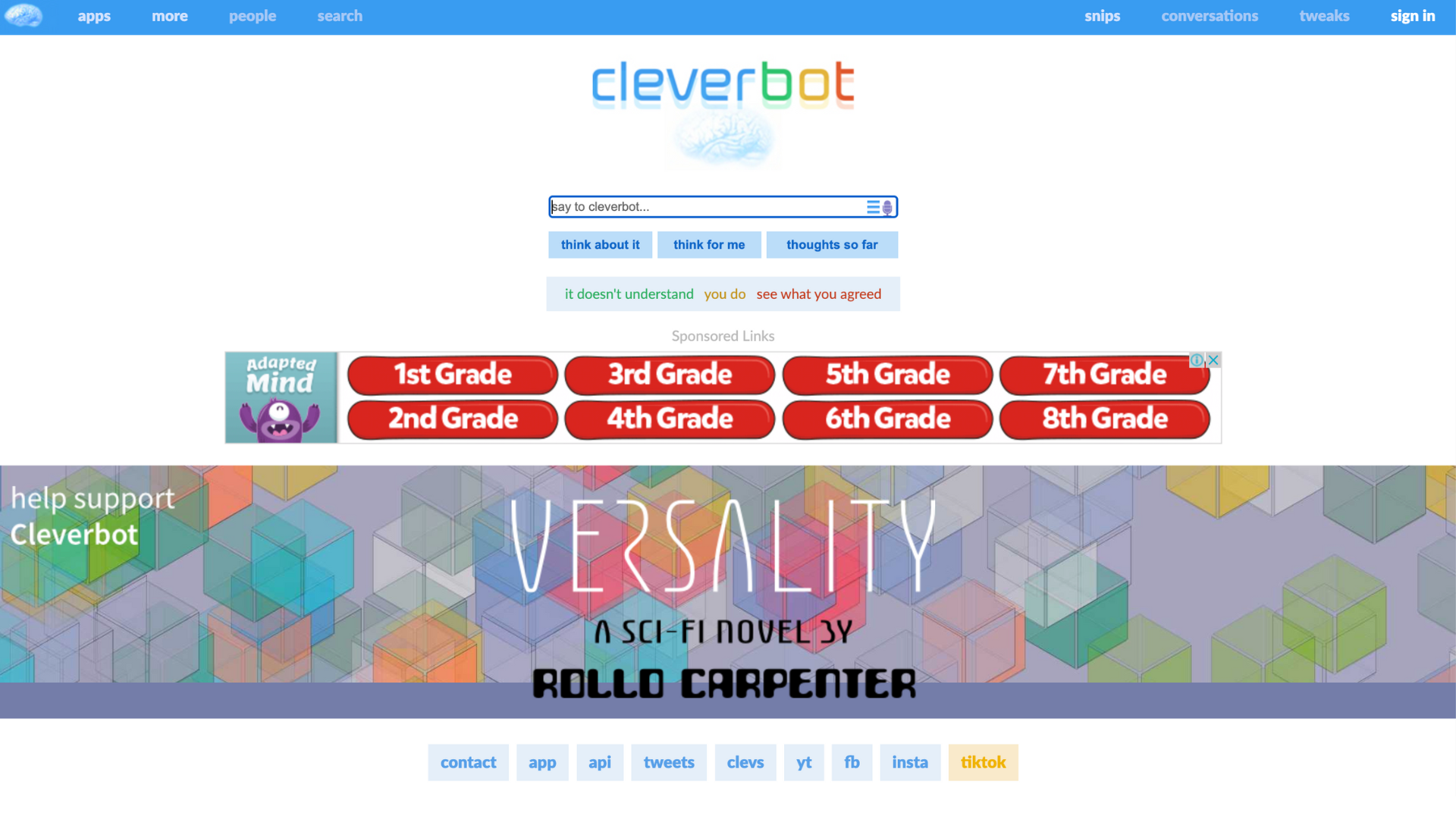
Cleverbot is an AI-powered chatbot that utilizes natural language processing (NLP) techniques to simulate user conversations. Cleverbot has been around since 1997, developed by Rollo Carpenter, and has undergone continuous improvements to enhance its conversational abilities. It has become famous for its ability to generate contextually relevant responses.
Features of Cleverbot
- Natural language processing: Cleverbot leverages advanced NLP algorithms to understand and generate human-like responses.
- Learning capabilities: Over time, Cleverbot learns from user interactions, refining its conversational skills and adapting to individual conversation styles.
- Multilingual support: Cleverbot can communicate in multiple languages, allowing users from different regions to interact seamlessly.
- Integration with platforms: Cleverbot can be integrated into various platforms and applications, including websites, messaging apps, and social media platforms.
Overview of ChatGPT
ChatGPT, developed by OpenAI, is an advanced language model that uses deep neural networks to generate human-like responses. It is trained on vast amounts of text data and can provide coherent and contextually relevant replies to user inputs. ChatGPT shows a significant modernization in natural language understanding and creation.
Features of ChatGPT
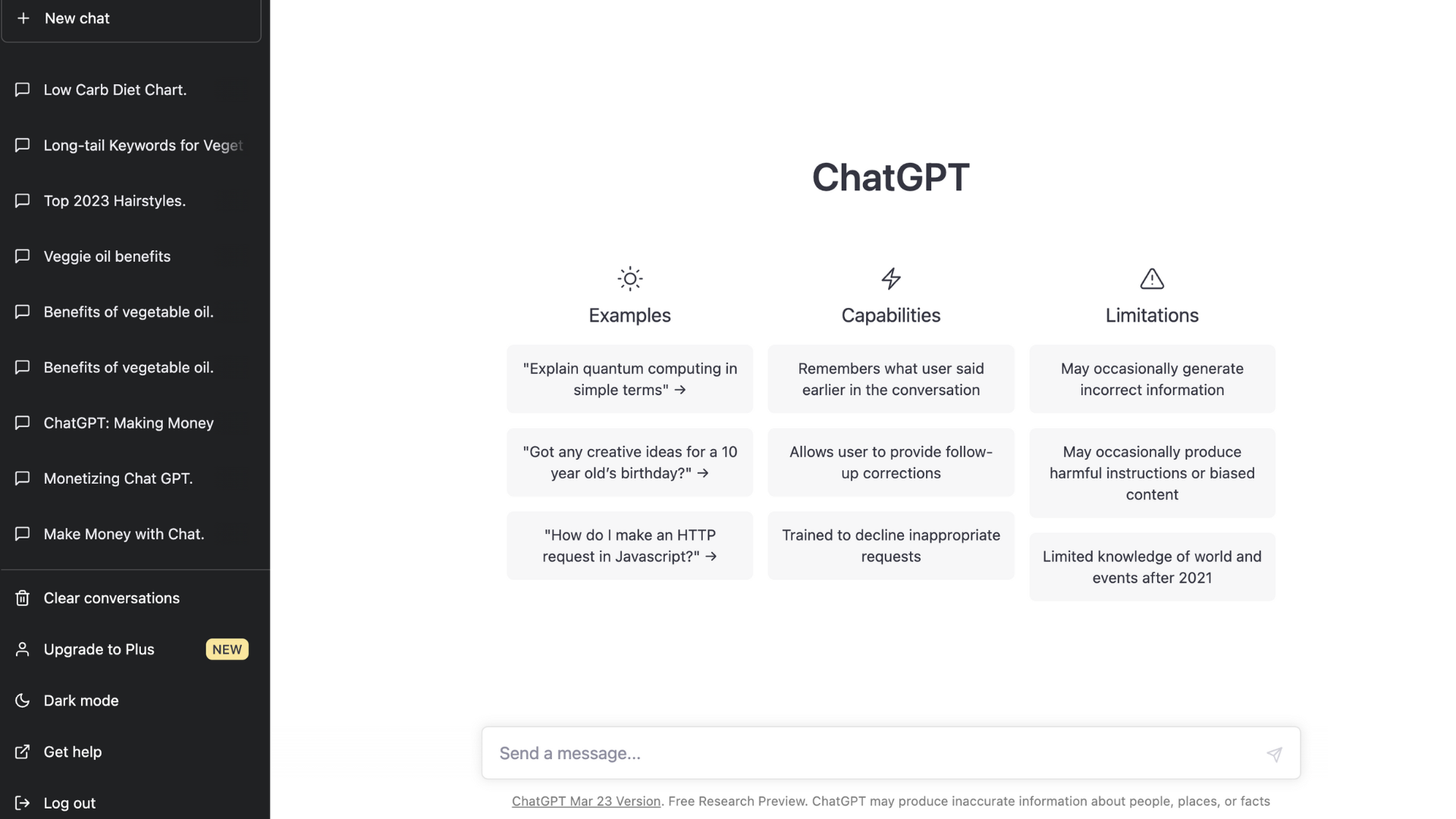
- Neural network architecture: ChatGPT utilizes a transformer-based neural network architecture, allowing it to capture complex patterns in language and generate high-quality responses.
- Language understanding and generation: With extensive training on diverse datasets, ChatGPT demonstrates a strong ability to understand and develop human-like text across various topics.
- Training data and knowledge base: ChatGPT is trained on a broad range of internet text, which provides it with a vast knowledge base to draw upon during conversations.
- Customization and fine-tuning: ChatGPT can be fine-tuned on specific domains or use cases, enabling developers to customize its behavior and tailor it to particular applications.
Cleverbot vs. ChatGPT: Similarities
While Cleverbot and ChatGPT have different underlying technologies, their conversational capabilities share some notable similarities.
- Conversational abilities: Cleverbot and ChatGPT excel in engaging users in conversations, providing contextually relevant and coherent responses.
- Natural language understanding: Cleverbot and ChatGPT demonstrate a strong understanding of natural language inputs, including complex queries and colloquial expressions.
- Contextual responses: Both chatbot models have mechanisms to maintain context during conversations, allowing for more meaningful and coherent exchanges.
- Learning from user input: Cleverbot and ChatGPT continuously learn from user interactions, adapting their responses and improving their conversational skills.
Cleverbot vs. ChatGPT: Differences
Although Cleverbot and ChatGPT share similarities, but significantly differ in technology, training methodologies, and application areas.
- Technology and architecture: Cleverbot relies on rule-based algorithms and pattern matching, while ChatGPT employs a transformer-based neural network architecture for more advanced language processing.
- Training methodologies: Cleverbot learns primarily from user inputs, while ChatGPT is trained on vast amounts of text data from the internet, capturing a broader understanding of language.
- Limitations and biases: Cleverbot may exhibit restrictions and preferences due to its rule-based approach, while ChatGPT can sometimes generate responses that may be factually incorrect or biased.
- Application areas: Cleverbot is often used for entertainment, casual conversations, and language learning, while ChatGPT finds applications in content creation, virtual assistants, education, and professional services.
Use cases for Cleverbot
Cleverbot's strengths and capabilities make it suitable for various use cases:
- Entertainment and casual conversations: Cleverbot provides an entertaining and engaging experience for users looking for lighthearted interactions.
- Language practice and learning: Cleverbot can be a language learning tool, allowing users to practice conversations and improve their language skills.
- Virtual companionship: Cleverbot can act as a virtual companion, offering companionship and conversation for individuals seeking social interaction.
- Customer support: Cleverbot can be integrated into customer support systems, providing automated responses to common queries and reducing the workload on support agents.
Use cases for ChatGPT
ChatGPT's advanced language understanding and generation capabilities make it well-suited for various applications:
- Content creation and writing assistance: ChatGPT can assist writers by generating ideas, providing suggestions, and improving the overall writing process.
- Personalized virtual assistants: ChatGPT can be customized to act as a virtual assistant, helping users with tasks such as scheduling, reminders, and information retrieval.
- Education and tutoring: ChatGPT can serve as a virtual tutor, answering students' questions, explaining concepts, and providing educational support.
- Professional services: ChatGPT can be utilized in professional services such as legal, medical, or financial domains, offering information and guidance to users seeking specific expertise.
Pros and Cons of Cleverbot
Strengths
- Cleverbot has a rich history of user interactions, allowing it to generate responses based on a vast dataset.
- It has been refined and has a relatively mature conversational ability.
- Cleverbot is accessible to users through various platforms and interfaces.
Limitations
- Cleverbot's responses may lack coherence and relevancy in specific contexts, especially when faced with complex queries.
- Its learning capabilities are limited compared to newer models like ChatGPT.
- Cleverbot may not understand the context effectively, leading to inaccurate or irrelevant responses.
Pros and Cons of ChatGPT
Strengths
- ChatGPT's advanced deep learning architecture enables it to generate highly coherent and contextually relevant responses.
- It exhibits a superior understanding of complex language patterns and context.
- ChatGPT's learning capabilities and adaptability to new information make it a powerful conversational AI model.
Limitations
- ChatGPT may occasionally produce responses that lack factual accuracy, as it primarily learns from the data it was trained on.
- The generation of creative or novel responses can sometimes be challenging for ChatGPT.
- Limited availability and higher computational requirements may restrict widespread access to ChatGPT.
How to Create a Cleverbot Account?
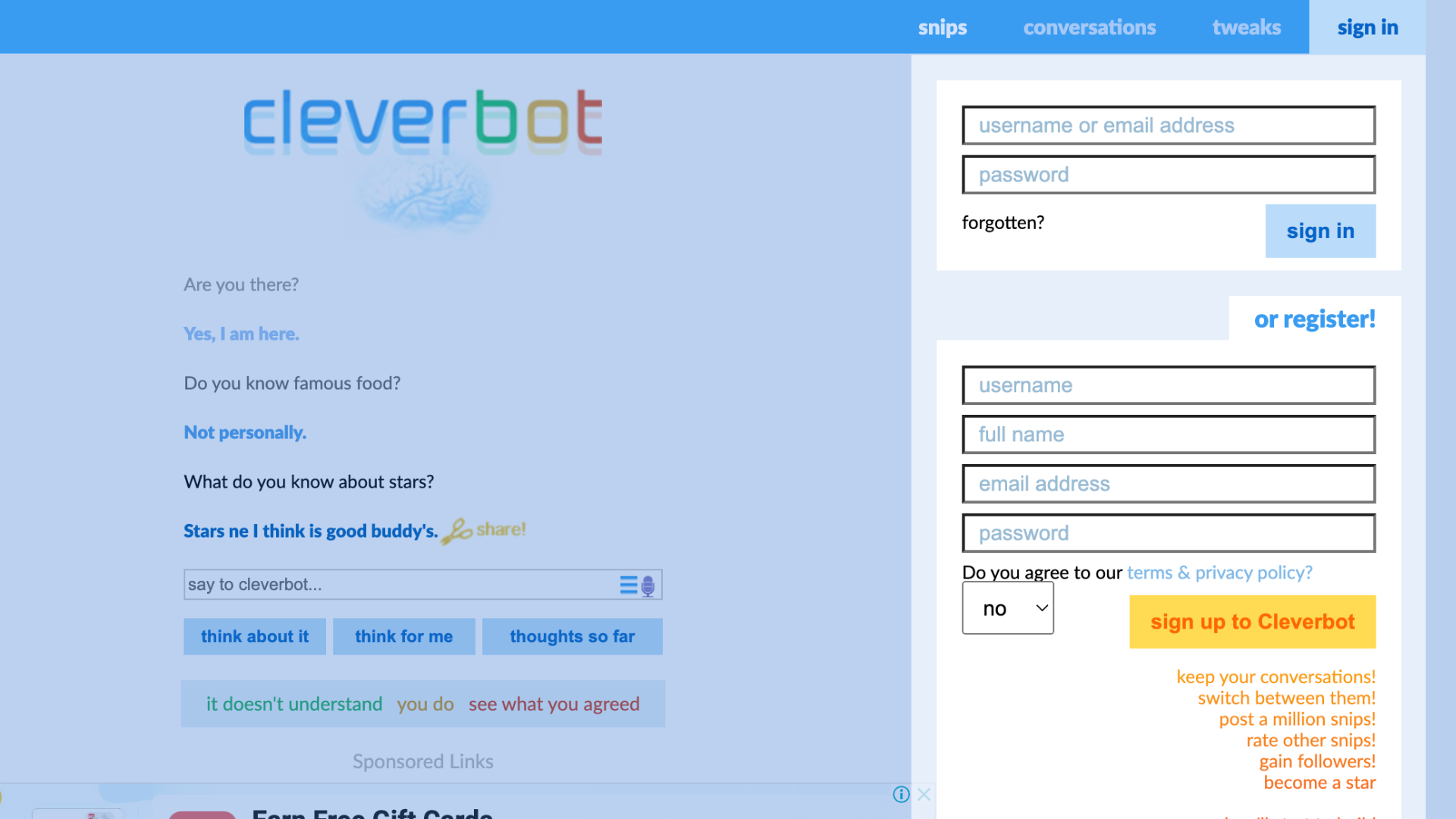
Creating a Cleverbot account is a simple process. Follow these steps to create your Cleverbot account:
- Visit the Cleverbot website.
- Look for the "Sign Up" or "Create Account" option.
- Click on the option to begin the registration process.
- Provide the required information, such as your name, email address, and desired password.
- Complete any additional steps or verification processes, if applicable.
- Once you have provided all the necessary information, click the "Create Account" button.
- Congratulations! Your Cleverbot account has been created. You can now log in and start using Cleverbot.
How to Use Cleverbot?
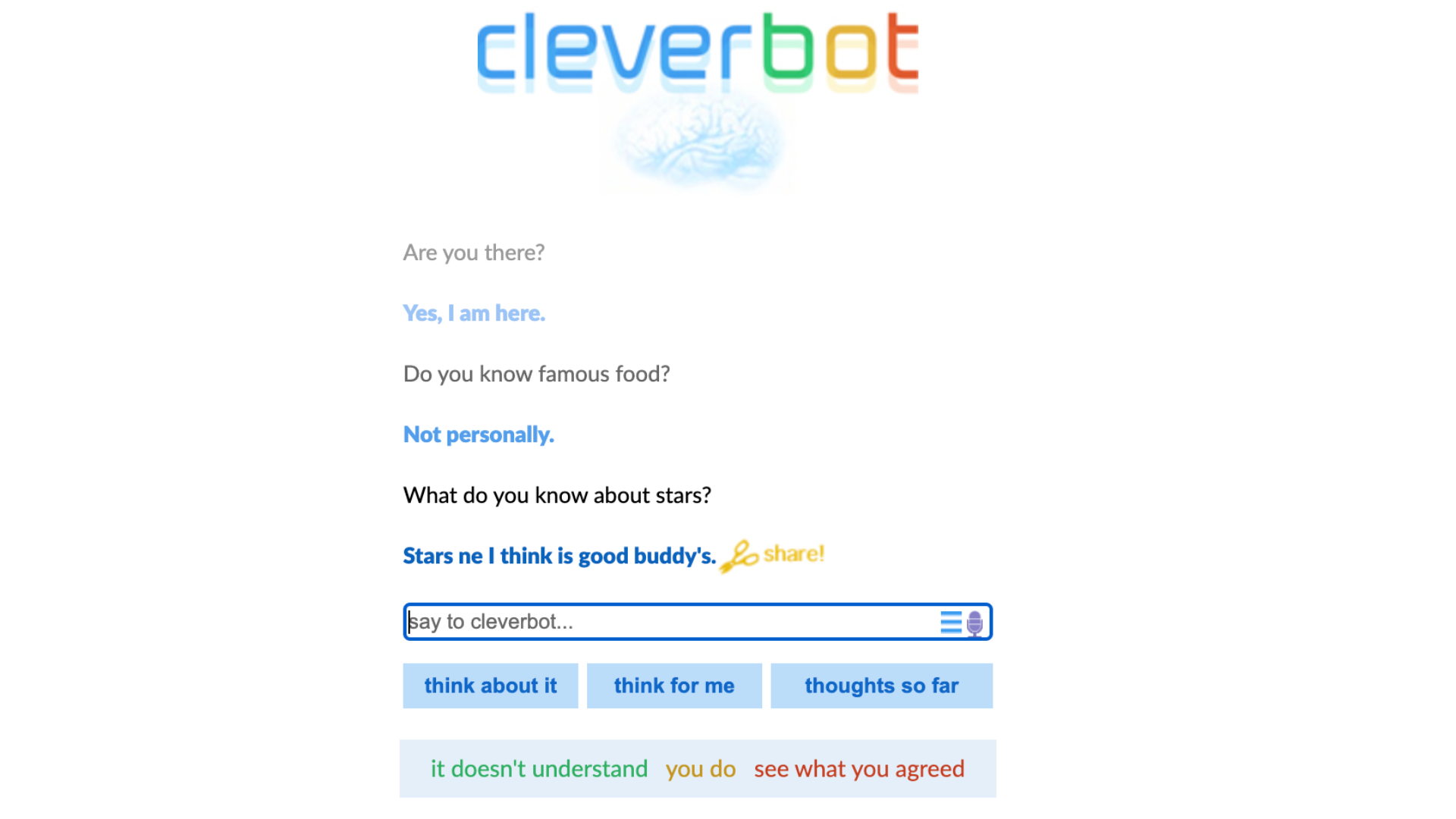
Using Cleverbot is straightforward. Here's a guide to help you get started:
- Access the Cleverbot platform or app.
- Log in to your Cleverbot account using your registered credentials.
- You will be presented with a chat interface to interact with Cleverbot.
- Begin by typing your message or question in the input box.
- Once you've entered your query, press the "Send" button or hit Enter to submit it.
- Cleverbot will process your query and generate a response.
- Continue the conversation by sending further messages or questions, and Cleverbot will reply accordingly.
- Remember that Cleverbot learns from user interactions, so the more conversations it has, the better it becomes at generating responses.
How to Create a ChatGPT Account?
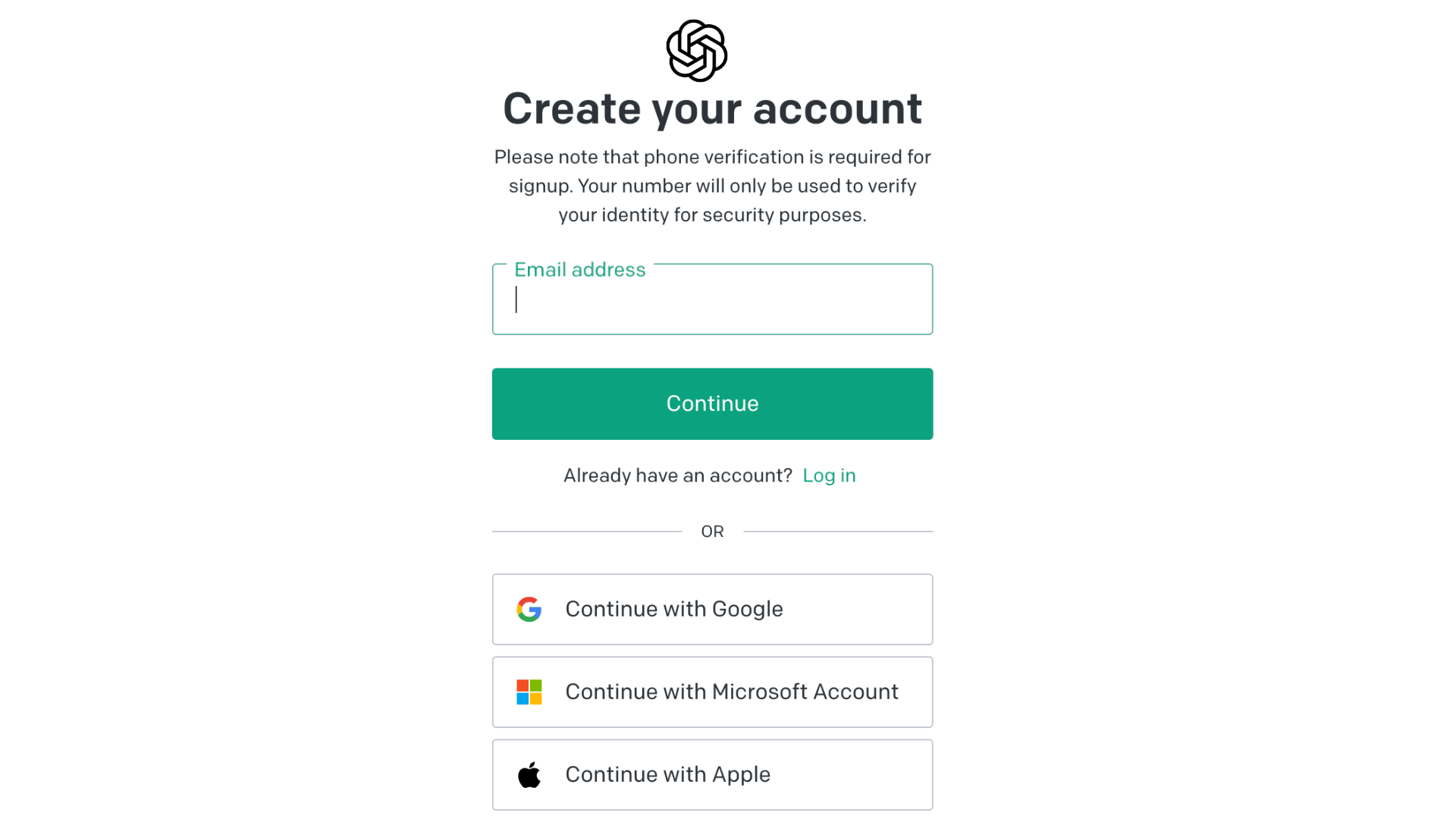
To create a ChatGPT account, you must follow the steps provided by the platform hosting ChatGPT. Currently, OpenAI provides access to ChatGPT through their platform. Here's a general outline of the process:
- Visit the OpenAI website or forum where ChatGPT is available.
- Look for the "Sign Up" or "Create Account" option.
- Click on the option to start the registration process.
- Provide the required information, such as your name, email address, and desired password.
- Complete any additional steps, such as agreeing to terms and conditions or verification processes.
- Once you've provided all the necessary information, click the "Create Account" or "Sign Up" button.
- Congratulations! Your ChatGPT account has been created. You can now log in and access ChatGPT.
How to use ChatGPT?
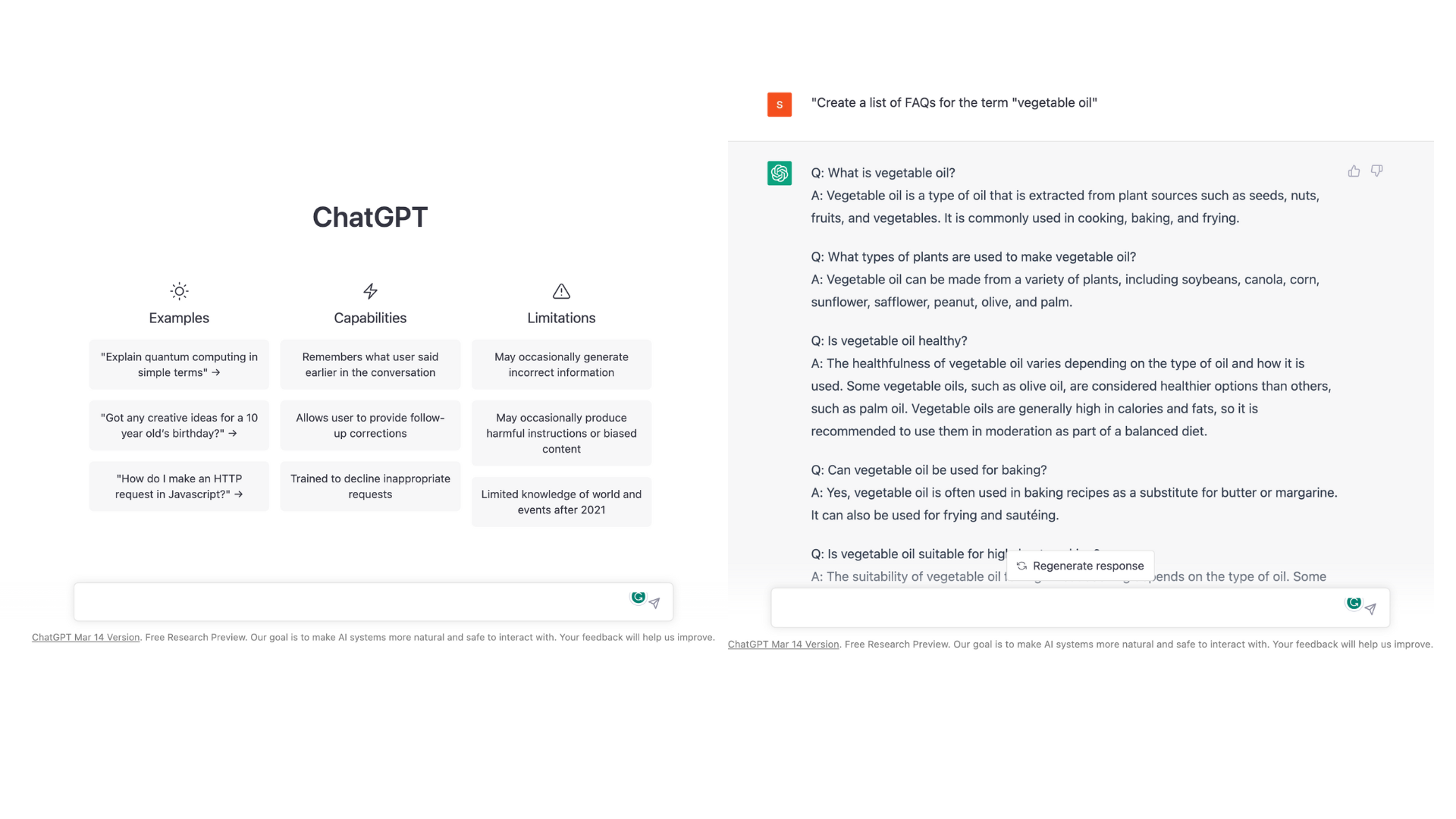
Once you have created your ChatGPT account, using it is relatively straightforward. Here's a general guide to get started:
- Log in to your ChatGPT account using your registered credentials.
- Access the ChatGPT platform or interface provided by the hosting platform.
- Familiarize yourself with the chat interface, which may involve an input box where you can type your messages.
- Begin by entering your message or query in the input box.
- After entering your message, press the "Send" button or hit Enter to submit it.
- ChatGPT will process your query and generate a response based on its training and capabilities.
- Continue the conversation by sending further messages or questions, and ChatGPT will provide relevant replies.
- Experiment with different queries and enjoy conversing with ChatGPT's intelligent responses.
Conclusion
Cleverbot and ChatGPT each offer unique features and capabilities in the battle of conversational AI. While Cleverbot relies on its extensive database to mimic human-like conversations, ChatGPT leverages advanced deep-learning techniques for more coherent and contextually relevant responses.
Both have their strengths and limitations, catering to different use cases. As the field advances, the future of conversational AI holds promise for even more intelligent and human-like interactions.
FAQs
Can Cleverbot and ChatGPT pass the Turing test?
While Cleverbot and ChatGPT have made significant strides in conversational abilities, passing the Turing test, which requires indistinguishable human-like responses, remains challenging for current AI models.
How are Cleverbot and ChatGPT trained?
Cleverbot learns from a large dataset of past user interactions. At the same time, ChatGPT is trained on a diverse corpus of text data using deep learning techniques, allowing it to generalize and generate responses based on patterns.
Are Cleverbot and ChatGPT capable of understanding emotions?
Cleverbot and ChatGPT can recognize and respond to specific emotional cues in user queries. However, their understanding of emotions is limited, and their responses are primarily based on learned patterns and data.
How can businesses leverage Cleverbot and ChatGPT for customer support?
Businesses can integrate Cleverbot or ChatGPT into their customer support systems to provide automated responses and assist customers in real time. These conversational agents can help handle common queries, offer essential information, and triage support tickets efficiently.
